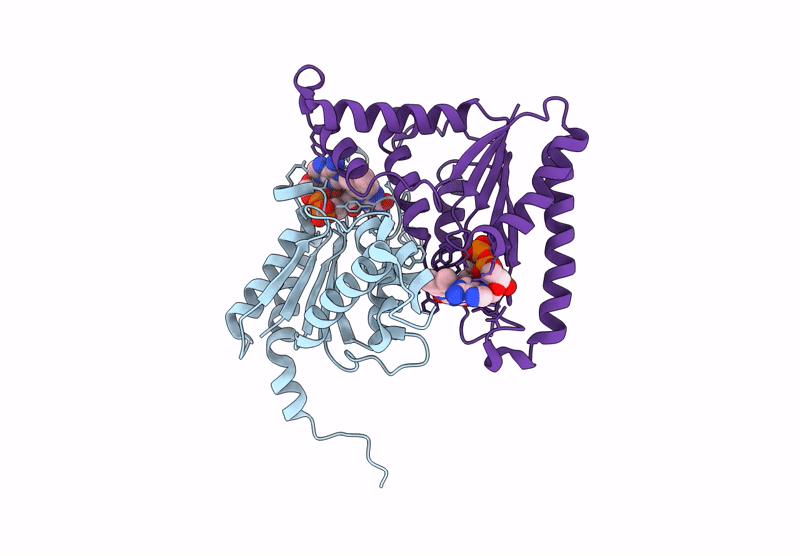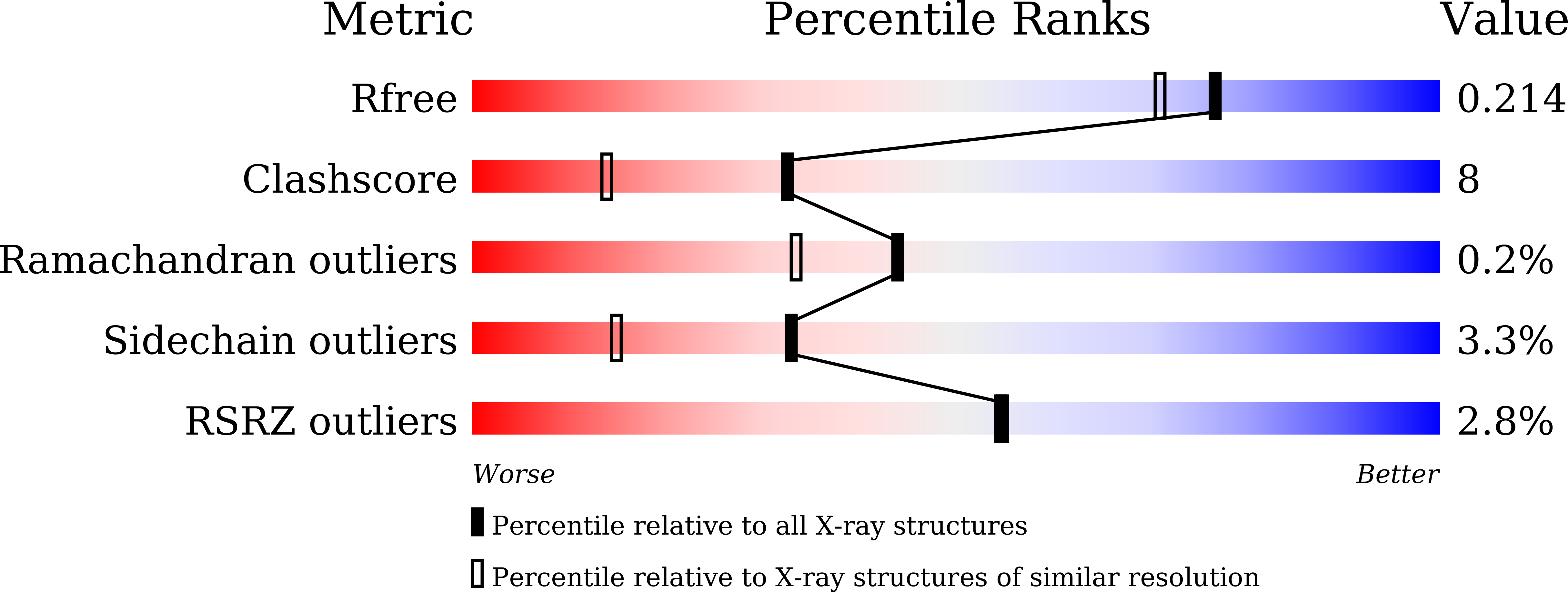
Deposition Date
2024-12-13
Release Date
2025-11-19
Last Version Date
2025-11-19
Entry Detail
PDB ID:
9L11
Keywords:
Title:
Crystal structure of flavin reductase (StnC) complexed with FAD
Biological Source:
Source Organism:
Streptomyces albus (Taxon ID: 1888)
Host Organism:
Method Details:
Experimental Method:
Resolution:
1.82 Å
R-Value Free:
0.20
R-Value Work:
0.18
R-Value Observed:
0.18
Space Group:
P 21 21 21


